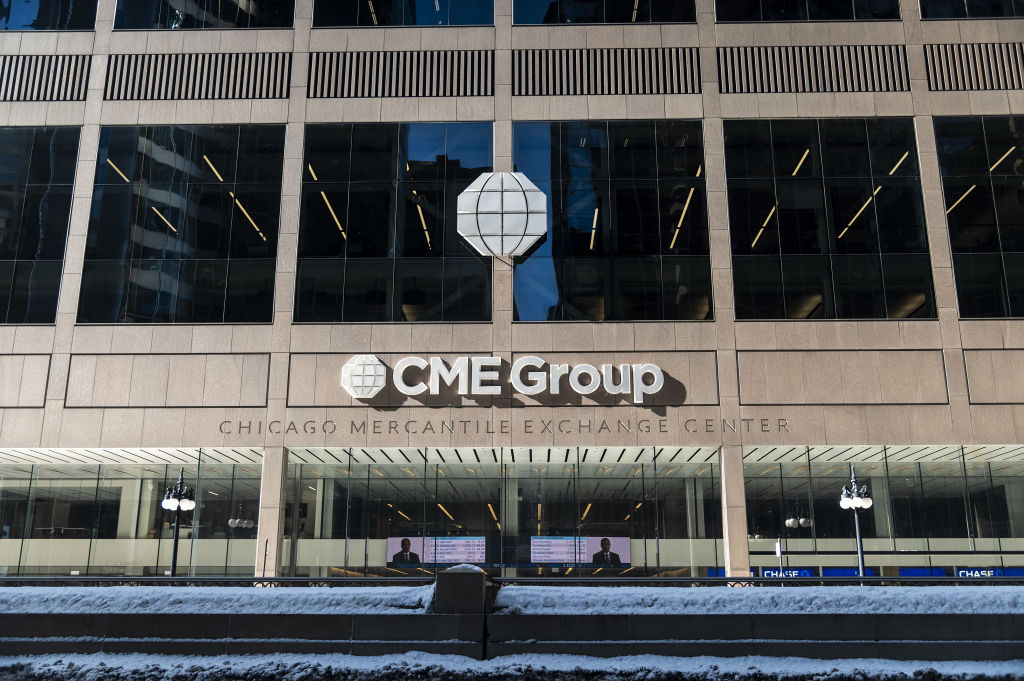Wayfair will lose its way – short it now
The share price of Wayfair – the online homeware retailer – has bounced for no good reason. Short it, says Matthew Partridge.

My most successful recommendation in the history of MoneyWeek’s Trading page was to short Wayfair, a US online furniture and homeware retailer, at $105 last October and then take profits when the stock had fallen to just $24.92 after the global stockmarket collapse in March (Issue 991).
However, since then the stock has been on a tear, soaring to $266 – a more than tenfold increase from the bottom and a 150% increase from its price at the start of the year. Because the price rise has been so great, I think that it is time to consider shorting it for a second time.
You can see why investors are once again enthusiastic about Wayfair. Lockdowns and fear of the virus have encouraged Americans to desert shopping centres in favour of online shopping. At the same time, the shift to working from home has prompted people to spend more on trying to make their homes as comfortable as possible.
MoneyWeek
Subscribe to MoneyWeek today and get your first six magazine issues absolutely FREE

Sign up to Money Morning
Don't miss the latest investment and personal finances news, market analysis, plus money-saving tips with our free twice-daily newsletter
Don't miss the latest investment and personal finances news, market analysis, plus money-saving tips with our free twice-daily newsletter
Given that Wayfair’s business is selling furniture online, it stands to benefit from both trends. Its chief financial officer claims that sales were up by 90% in April, the first month of lockdown, compared with the same month last year.
Purchases brought forward
Still, even if Wayfair has indeed experienced a large surge in sales as a result of lockdowns, it’s by no means certain that this will last.
With most scientists now expecting a vaccine to be available by the end of the year, many of those who have been shopping at Wayfair to avoid shopping centres will return, keen to inspect potential new acquisitions in person.
What’s more, there’s a limit to the amount of money that people can spend on furniture. My suspicion is that much of the recent increase may have come from people bringing forward purchases that they would have made anyway, which implies that they will cut back on spending later in the year, especially with US unemployment now at 11% – higher than it was during its peak in the aftermath of the Great Financial Crisis of 2008/2009.
Perhaps the most basic problem with Wayfair is that it still hasn’t found a way to make money from its core business. As I noted last October, selling furniture online can be an uphill struggle since people often return their purchases and there is ferocious competition from other online retailers such as Amazon.
Wayfair seems to be particularly prone to these problems. Losses are increasing, driven by huge spending on advertising. Even the most optimistic analysts accept that the company will continue to lose large sums of money next year.
Overall, I recommend shorting Wayfair at the current price of $266 at £7 per $1. Given the volatile nature of the stock, I suggest that you cover your position if it rises above $400, giving you a potential downside of £938.
How my tips have fared
My five long tips have struggled in the stockmarket’s overall decline during the past fortnight, with four of them falling. International Consolidated Airlines Group declined from 223p to 173p, which triggered the stop loss at 200p.
Energy giant Royal Dutch Shell slipped from 1,288p to 1,179p; television company ITV declined from 65p to 58p and pub chain JD Wetherspoon fell from 940p to 853p, which triggered the stop loss at 900p.
The only tip that appreciated was United Rentals, which increased from $157 to $160. Counting the two newly closed tips, my long tips are making losses of £223.
The good news is that my short tips have done much better, with two out of three going down. The most dramatic fall was eHealth, which plunged from $111 to $68. Electric-truck manufacturer Nikola also fell, from $39 to $36.
Exercise-bike maker Peloton increased from $68 to $72. Online education provider GSX Techedu rose from $80 to $91.
However, since I suggested that you wait for it to fall below $60 before shorting it, this wouldn’t have cost you any money. Overall, my short tips are making a total profit of £1,680.
Thanks to the closure of both International Consolidated Airlines Group and JD Wetherspoon, I now have an equal number of long and short tips, which is a good balance in these uncertain times.
Nevertheless, I am going to reduce the point at which you cover your eHealth short to $120 (from $168).
I also now think that you should short GSX Techedu if it falls below $70 (my previous threshold was $60), and if you do short the stock at that price you should only cover your position if it rises above $95 (instead of $85).
Get the latest financial news, insights and expert analysis from our award-winning MoneyWeek team, to help you understand what really matters when it comes to your finances.

-
 My 6.5% Nationwide regular saver is due to mature - what are my options?
My 6.5% Nationwide regular saver is due to mature - what are my options?Nationwide’s 6.5% regular saver is due to mature for those who opened one last year. Here is what you can do now to make the most of your savings
-
 Leading European companies offer long-term growth
Leading European companies offer long-term growthOpinion Alexander Darwall, lead portfolio manager, European Opportunities Trust, picks three European companies where he'd put his money
-
 Circle sets a new gold standard for cryptocurrencies
Circle sets a new gold standard for cryptocurrenciesCryptocurrencies have existed in a kind of financial Wild West. No longer – they are entering the mainstream, and US-listed Circle is ideally placed to benefit
-
 Profit from other investors’ trades with CME Group
Profit from other investors’ trades with CME GroupCME Group is one of the world’s largest exchanges, which gives it a significant competitive advantage
-
 Investors need to get ready for an age of uncertainty and upheaval
Investors need to get ready for an age of uncertainty and upheavalTectonic geopolitical and economic shifts are underway. Investors need to consider a range of tools when positioning portfolios to accommodate these changes
-
 How much gold does China have – and how to cash in
How much gold does China have – and how to cash inChina's gold reserves are vastly understated, says Dominic Frisby. So hold gold, overbought or not
-
 Debasing Wall Street's new debasement trade idea
Debasing Wall Street's new debasement trade ideaThe debasement trade is a catchy and plausible idea, but there’s no sign that markets are alarmed, says Cris Sholto Heaton
-
 Who is Rob Granieri, the mysterious billionaire leader of Jane Street?
Who is Rob Granieri, the mysterious billionaire leader of Jane Street?Profits at Jane Street have exploded, throwing billionaire Rob Granieri into the limelight. But it’s not just the firm’s success that is prompting scrutiny
-
 Beware the bubble in bitcoin treasury companies
Beware the bubble in bitcoin treasury companiesBitcoin treasury companies are no longer coining it. Short this one, says Matthew Partridge
-
 'EV maker Faraday Future will crash'
'EV maker Faraday Future will crash'Faraday Future Intelligent Electric is failing dismally to live up to its name, says Matthew Partridge